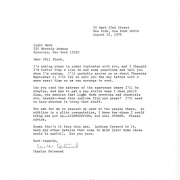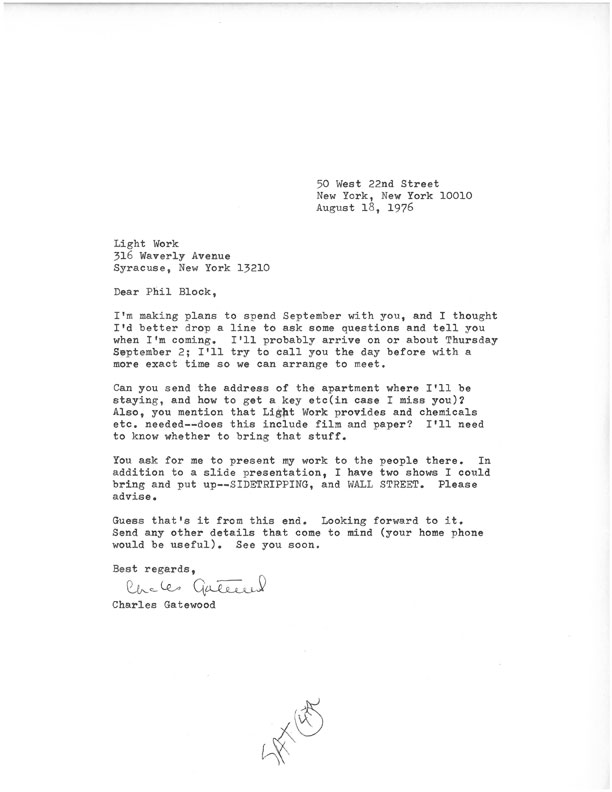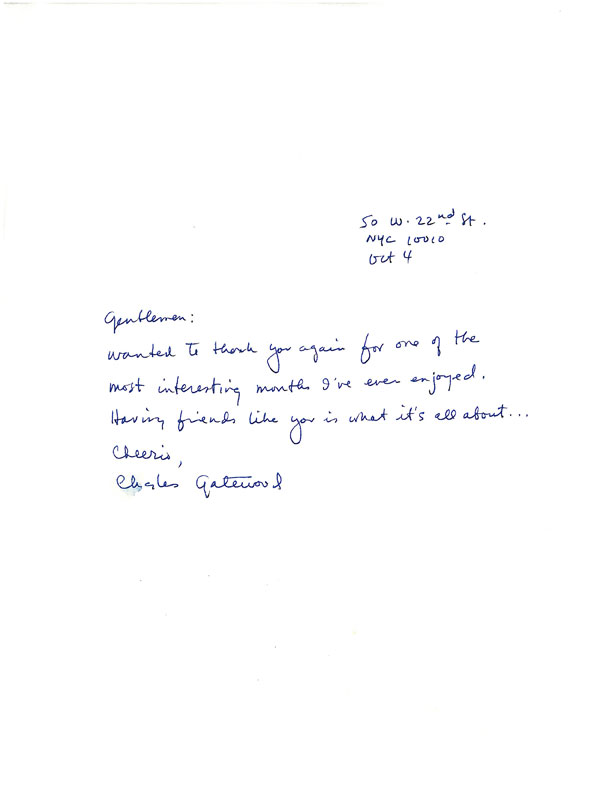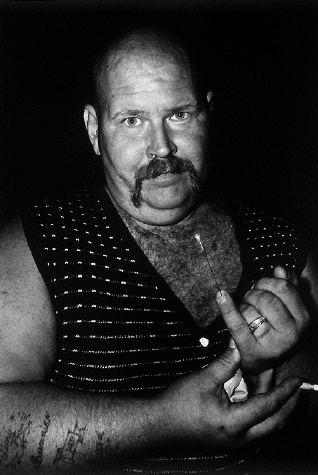 The Light Work collection is an important collection of contemporary photography and at the same time serves as a record of how Light Work has accomplished its mission to support artists working in photography since 1973.
The Light Work collection is an important collection of contemporary photography and at the same time serves as a record of how Light Work has accomplished its mission to support artists working in photography since 1973.
The collection was started by accident rather than by design and as a byproduct of listening to and meeting the needs of artists. Shortly after Light Work was founded as the programming arm of Community Darkrooms, a public access photography lab at Syracuse University, we began to engage the larger community of photography through a series of exhibitions, lectures, and workshops. Our workshops were fairly typical for the time where we would invite photographers from across the country to Syracuse to conduct short two or three day workshops where they could share their expertise and knowledge with photographers from our area. After a few years of conducting workshops led by Larry Fink, Les Krims, Charles Harbutt, Melissa Shook, Linda Connors, and others, a simple conversation changed how we were to provide support to artists for years to come. No one seems to agree on which artist the conversation took place with, but it played out something like this. When either Phil Block or Tom Bryan was taking one of the artists, who had just completed a workshop, to the bus station for the trip back home they were doing a general debrief of how the workshop went. The artist remarked that he thought things went well and that it seemed like the students got a lot out of the experience. After a slight pause the artist offered a candid reflection by saying, “But I’m not so sure what I got out of the experience. You have such a great lab facility, and what I could really use is just the time to come and make new work without any distractions or obligations.”
So a light bulb went off and we realized that a core need that most artists have is to be able to have the time, support, and access to facilities to do what they do best, which is make new work.
Synapse, an alternative video organization that shared the same building with us, had been inviting artists to Syracuse to produce new video works, so we asked to share their artist apartment and invited Charles Gatewood as our first Artist-in-Residence in August 1976. The deal was very simple—we gave him a place to stay, a private darkroom, keys to the facility, and $1,000 and told him that his only obligation was to do his own work. It was probably our good fortune and the good fortunes of the 350 artists who followed Gatewood in our residency program that his initial stint as a visiting artist was so successful and productive. During his residency Gatewood printed in the darkroom and also made new photographs at the New York State Fair, which is held annually in Syracuse at the end of the summer. Although we only invited him for a month, he stayed for six weeks and to show is appreciation he gave us a half-dozen prints he made during his time in Syracuse. Shown here is Human Punctuation, New York State Fair.
We were very pleased with Gatewood’s gift and decided to make it a requirement of each future Artist-in-Residence to ask for a donation of a few prints from their residency in order to have a trace of what they worked on in Syracuse. After just a few years the donations from visiting artists began to accumulate into an impressive collection, and it would take us several more years to organize this great asset and make it available to the public. We will talk about that process in upcoming articles and encourage you to explore the collection online.
—Jeffrey Hoone, Executive Director
 To help everyone get the New Year started off well, Light Work is partnering with Flak Photo publisher Andy Adams to feature work from Yolanda del Amo’s lovely Archipelago in this month’s Weekend series. The Weekend series will offer new images, content, and promos throughout the month, with posts on January 1, 8, 15, 22, and 29, so keep checking in to further explore Archipelago.
To help everyone get the New Year started off well, Light Work is partnering with Flak Photo publisher Andy Adams to feature work from Yolanda del Amo’s lovely Archipelago in this month’s Weekend series. The Weekend series will offer new images, content, and promos throughout the month, with posts on January 1, 8, 15, 22, and 29, so keep checking in to further explore Archipelago.
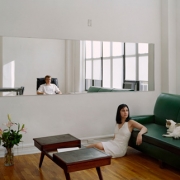
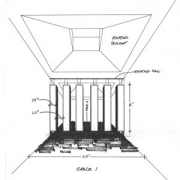
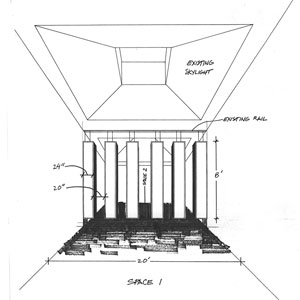
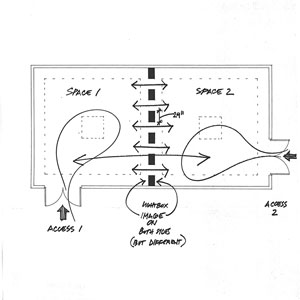
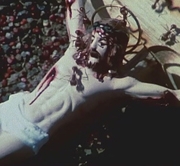
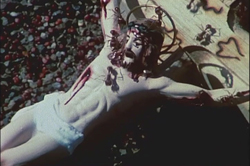 As an organization whose mission is to support artists, we want to keep the heat on the protests against censorship by the Smithsonian National Portrait Gallery and their decision to pull the video, “A Fire in My Belly” by the late artist David Wojnarowicz.
As an organization whose mission is to support artists, we want to keep the heat on the protests against censorship by the Smithsonian National Portrait Gallery and their decision to pull the video, “A Fire in My Belly” by the late artist David Wojnarowicz.

 The Light Work collection
The Light Work collection